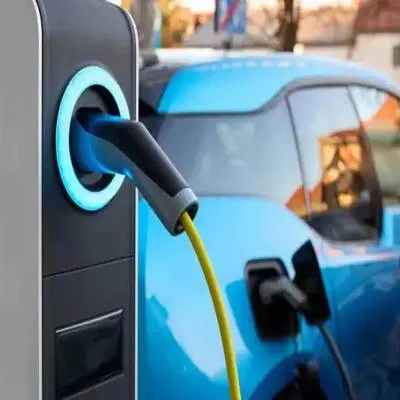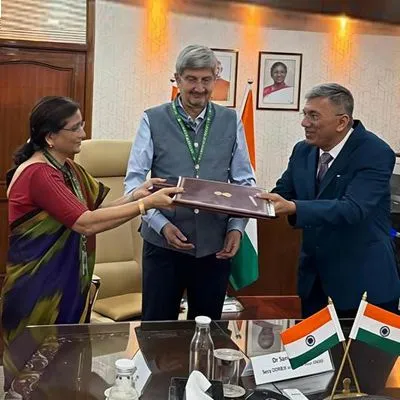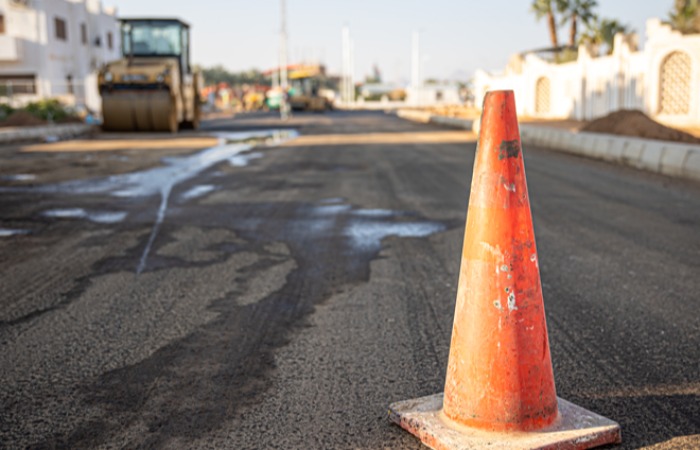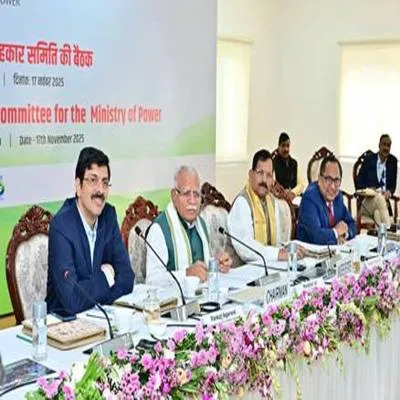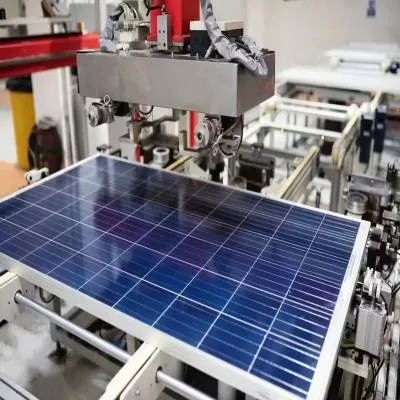Schedule a Call Back
Giving infrastructure the bio-cement advantage!
2022-06-15
 The basic function of cement is to ‘cement’ or to ‘bind’ the relevant components/parts. For example, it could be used to bind bricks together to make a strong wall when mixed with sand in, say, a 1:4 ratio of cement and sand and made fluid enough with water (mortar) to evenly lay the bricks. With differences in the process, it could be used to create structures such as reinforced concrete columns, slabs, and others. Owing to the reactions that take place at the microscopic level during the setting and curing process, cement molecules adhere strongly to other surrounding components (bricks, stones, sand, etc) and form a strong, consolidated, stone-like mass by binding the various components together. Different materials have been used as cement for at least 2,000 years or more.
The basic function of cement is to ‘cement’ or to ‘bind’ the relevant components/parts. For example, it could be used to bind bricks together to make a strong wall when mixed with sand in, say, a 1:4 ratio of cement and sand and made fluid enough with water (mortar) to evenly lay the bricks. With differences in the process, it could be used to create structures such as reinforced concrete columns, slabs, and others. Owing to the reactions that take place at the microscopic level during the setting and curing process, cement molecules adhere strongly to other surrounding components (bricks, stones, sand, etc) and form a strong, consolidated, stone-like mass by binding the various components together. Different materials have been used as cement for at least 2,000 years or more.The downsides of cement
Given the immense demand for various construction purposes, the worldwide cement industry is huge. It is estimated that the annual cement production across the world is 4 billion tonne. Unfortunately, the process of cement production releases a large amount of a greenhouse gas, carbon dioxide (CO2), into the atmosphere – about 2.8 billion tonne a year. That is more than the CO2 emitted by all airplanes and ships, combined.We all know that CO2 in the atmosphere is bad for the planet and serious global efforts have been made to reduce CO2 emissions. About 140 countries have pledged to reduce CO2 emissions toward achieving net-zero emission targets at the COP 26 UN Climate Change Conference held in November 2021 in Glasgow, Scotland.
In addition, some parts of the cement production process need to operate at temperatures higher than, say, 900oC. Thus, the cement production process consumes tremendous power.
Imagine how advantageous it would be if cement could be made with negligible CO2 emission and low power expenditure! This is indeed possible – with bio-cement.
What is bio-cement?
To read the complete article, CLICK HERE.


Subscribe Now
Subscribe to our Newsletter & Stay updated
RECENT POSTS
Popular Tags
Folliow us

